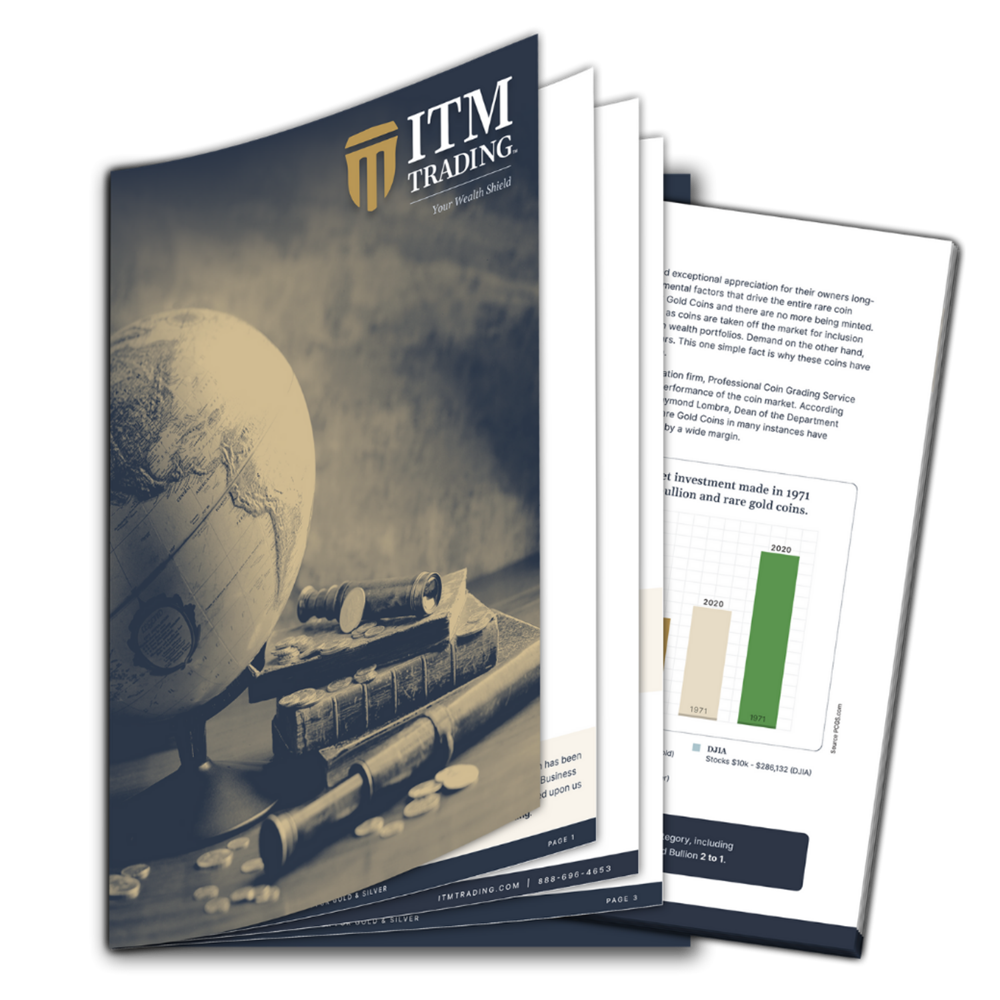Unique $10 Numismatic Gold Coin at ANA Auction

Unique $10 Numismatic Gold Coin at ANA Auction
Augustus Saint-Gaudens was an Irish-born American sculptor of the Beaux-Arts generation. This is probably why most of his work has a feel of the American Renaissance. Besides sculpturing, he had a keen interest in numismatics. Towards the end of his life, he was commissioned by the US Mint to create the design that would, eventually, be struck on the obverse and reverse of the $20 Double Eagle Numismatic Gold pieces. His second greatest work in the field of numismatic gold is the $10 Indian Head Gold Eagle. Both coins were minted between 1907 and 1933. Many consider the coins containing the original designs by Saint-Gaudens to be the most beautiful in the whole series.
Saint-Gaudens passed away in 1907, the same year that the coins went into the US Mint. Many historians believe that before his death, he was presented with a coin from the first batch of the $10 Indian Head Gold Eagle for approval. This coin was unique in itself as it had a wired rim. If true, this coin could be the only one he ever saw of his designed coinage.
American Numismatics Association, an organization founded in 1891 to promote knowledge about numismatics, claims to have found the coin and will be putting it on auction on August 11, 2010, at the Official Auction of the American Numismatic Association’s World’s Fair of Money in Boston, Texas.
The $10 Indian Head Numismatic Gold Eagle: History
The history of the unique $10 Indian Head Gold Eagle on auction is mixed with interesting historical events. Saint-Gaudens had at first declined to design such numismatic coins. However, it was the fact that such coins could make him immortal that made him change his mind. Regarding this, Greg Rohan, President of Heritage, says, “In 1905, during Theodore Roosevelt’s second term, Roosevelt convinced Saint-Gaudens to redesign the two largest American gold coins: the ten dollar, or eagle, and the twenty dollar, or double eagle. The results made Saint-Gaudens one of the most famous American coinage artists and secured his lasting fame.”
The coins went into minting in July 1907. It was at this time that Saint-Gaudens was fighting a losing battle with terminal cancer. Two initial copies of the $10 Indian Head were made for the approval of the designer. The edges of these two coins did not have the 46 stars on the edge (characteristic of later copies).
This is where the path of these coins gets shrouded in mystery. One coin was sent to Treasury Secretary, who forwarded it to President Roosevelt, while the other one went to Saint-Gaudens, who later passed away on August 3, 1907. Reports say that the President’s coin was returned to the Mint, while its sister coin vanished from the public eye.
Numismatic experts believe that the coin that was sent back to the US Mint was melted and remade in the proper design. This, according to Greg Rohan, is solid proof of the coin on auction being the described one. Rohan says, “With the Roosevelt specimen being returned to the Mint, it seems more likely that this is the coin Saint-Gaudens saw. The possibility is remarkably poignant: a great artist, just days away from death, gets a glimpse of his last major work. This could be the only Saint-Gaudens gold coin that he ever held.”
The $10 Indian Head Numismatic Gold Eagle: Importance
The Plain Edge 1907 $10 Indian Head Wire Rim numismatic gold coin is listed as Judd-1902 or Pollock-1996 in most of the standard references of coinages. It also enjoys the reputation of being the first $10 numismatic gold coin ever minted. This simple coin with a plain edge is probably even more important than the ‘Ultra High Relief Double Eagles.’ Its mark on American Numismatic history is irrefutable and it will be the pride of the collector who wins its auction. It is one of those few coins that deserve the honor of being called unique.














